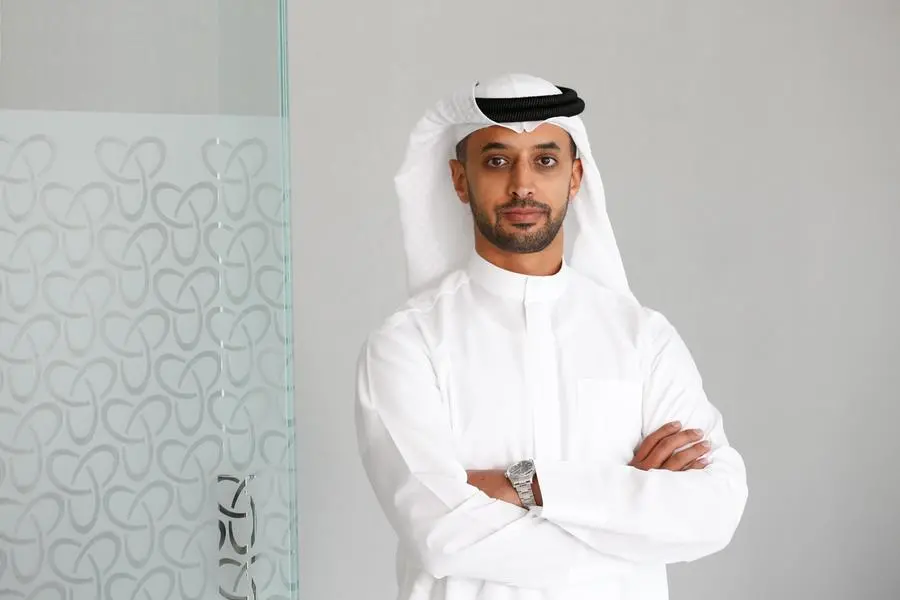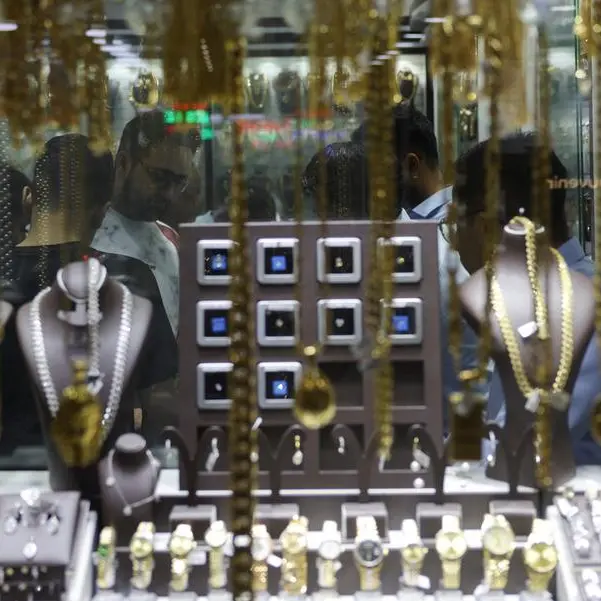PHOTO
There is great potential for growth of lab-grown-diamond businesses in the Dubai Multi Commodities Centre (DMCC), according to CEO and Executive Chairman Ahmed bin Sulayem.
Bin Sulayem told Zawya in an interview on the sidelines of the Lab Grown Diamond Symposium in Dubai that there was “no limit” to the number of such businesses he would like to see set up in DMCC, but the centre would go where the market demanded.
There are currently 30 LGD businesses registered in the DMCC, but that number is dwarfed by the 3,000 other diamond businesses registered there.
“We are not forcing the matter. We are just ensuring that our ecosystem fits them best,” he said, adding: “I just want it to grow naturally. Whatever the market demand is.”
Industry data cited by the symposium showed that 46.6% of diamond units sold in February 2023 were lab-grown versus 53.4% for natural diamonds. This was up from 15.1% for lab-grown diamonds at the end of 2020 versus 84.9% natural diamonds.
The immense growth of lab-grown diamonds has seen prices plummet, with data showing they had gone down to one fifth of what they were four years ago.
And with that comes concerns for some in the LGD industry, with difficult decisions having to be made, including whether to stay in the LGD business at all, said Anish Aggarwal, co-founder and partner, Gemdax.
However, increased use of LGD in the tech industry, for medical instruments and other applications may mean shortages in the future, which could result in “surprises” for the jewellery industry, the symposium heard.
On the jewellery industry side, when it comes to a key part of the diamond market, bridal rings, consumers have an average budget in mind of $4,700-$5,000, and they want to spend all of it, said Toby Cruse, general manager, rough diamonds, for Diamond Foundry. “People do not want to get engaged for 99 cents,” he said.
The result of this is likely to be that rather than buy the same ring featuring lab grown diamonds but cheaper than a natural diamond setting, consumers will now buy a ring with a larger or more extravagant setting featuring lab grown diamonds.
In fact, Heather Ingraham, diamond and bridal buyer, Hyde Park Jewellers, said while recent price falls of LGD were not unexpected, she did not sell based on diamond carat or gold metal weight, but based on aspirational luxury, adding that she was “waiting for prices to level out”.
But what is the role of DMCC in this? Does the centre have a responsibility to the thousands of natural diamond businesses already based there, to stop them being heavily impacted by their lab grown counterparts?
“We are happy to educate and happy to inform,” said bin Sulayem, adding that businesses registered in DMCC have responsibility to disclose when diamonds are lab grown, rather than natural.
“The art that you can make out of lab grown diamonds, the medical tools, we’re still seeing the beginning of it, wait for it to be mainstream, it’s not yet there.”
A benefit of lab grown diamonds was that there is a consistent supply, keeping factory workers employed consistently, he said.
“Part of my sales pitch to companies and especially to new industries, is to connect with the market. And the market will find you in DMCC. It’s working for natural diamonds, it’s working for emeralds, it’s where they should be.”
(Reporting by Imogen Lillywhite; editing by Seban Scaria)





















